Best camera phones to buy right now!

As the year 2022 has come near an end, we can now run a conclusion that which smartphone dominated the market this year in terms of camera phones. In this emerging world of Instagram and Ticktock, cameras have become crucial in choosing a perfect smartphone. While new smartphones launch rapidly, this becomes very hard to decide.
Some companies just increase the megapixels on their phone to claim a good camera phone, but the truth is there are many factors like a lens, pixel placement, etc that determine a good camera phone. The top camera phones combine pin-sharp displays with lightning-fast internet connectivity. Some smartphones may take better photos than the normal ones that most people would pick up. So what makes a smartphone camera good? We have our ways to test camera phones in our more practical blind test way which is more practical for daily life use.
All smartphone cameras have their strength and weakness, for example, iPhone is unbeatable in video quality while the optical zoom of the Samsung Galaxy S22 ultra is off the charts. So you will need to first find out what you need in your camera phone and then decide which smartphone is best and can fulfill your need.
As technology develops cameras may have difficulty keeping up to date regarding the latest phones available. Our mobile news website keeps you updated on the latest phone leaks. We have selected some recent camera phones for a variety of budgets to guide you when choosing one for your next trip.
Best camera phone you can buy right now!
1. iPhone 14 pro max
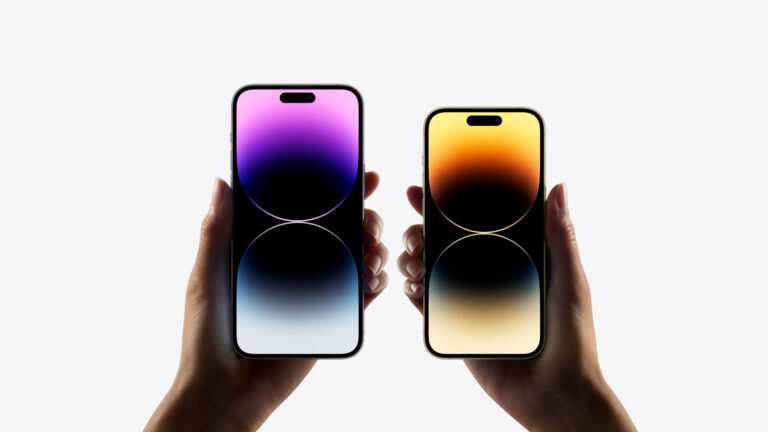
SPECIFICATIONS
Apple iPhone 14 pro max and 14 Pro use the same cameras; the only difference between them is their size and battery, so both have the best camera setup and are ranked number 1 in this list.
Now Apple iPhone 14 pro max in all terms is the best smartphone in the market right now which also makes it the best smartphone camera phone right. The performance of the iPhone was already top -notch but now so are their cameras. The iPhone 14 pro max may still use the three-camera setup but its AI and image processing surpasses other cameras. Here is our detailed analysis of why the iPhone 14 pro max is the best camera phone on our list.
Apple iPhone has finally upgraded to a 48Mp lens in 14 Pro. This is a massive improvement considering the fact that though Apple takes most amazing portrait photos, it still had a 12MP camera. This is an advanced quad-pixel sensor so normal images will be taken in 48 pixels and compressed in a 4:1 ratio to make them sharp and more detailed. The Pro mode also allows taking RAW images of 48MP for better resolution.
The iPhone’s videography was already the best as it has been upgraded to be better than ever. As iPhone 14 Pro Max supports 4K video recording at 24 fps, 25 fps, 30 fps, or 60 fps, and other features of the iPhone like audio zoom and the best cinematic mode, make its videography out of the world and can even be used by professional photographers. The low-light photos are also astounding.
2. Google Pixel 7 Pro

SPECIFICATIONS
The 7 Pro boasts three cameras on the back: a 12MP ultra-wide lens with autofocus, a 48MP telephoto lens, and a 50MP primary camera with optical image stabilization (OIS). It has a 10.8MP front camera. the camera hardware is the same as in the Google Pixel 6Pro. But there has been a good improvement in the camera configuration. It also has a great aver
Google Pixel can shoot 4K video recordings and 1080p portrait video at 20fps. It uses OIS to create nice and stable videos. As Pixel does not come with a Pro mode but all the rear lenses can switch up to 4K at 60fps. There is a speech enhancement that makes the video sound a lot more professional. There are also additional features including Macro Focus, Real Tone, Photo Unblur, Google’s Magic Eraser, Night Sight Guided Frame, and background blurring in films using Cinematic Blur.
Likes:
It does not add too many colors to photos and tries to keep them natural which many people want and it also makes the photo looks natural and elegant. the autofocus has improved a lot and now is one of the best autofocus in any good camera phone. Due to better light control, Google pixel can take very beautiful photos of luminescent objects like display boards and even gives better images than iPhone 14 pro max. Also, the autofocus is good in images but there is room for improvement in terms of video recording. Magic eraser is one of the other cool features worth noting.
Though it can’t switch between the front or rear cameras while recording, the lens changing is a bit faster than the Samsung galaxy s22 ultra. Google Pixel also features wonderful low-light photography. The Cinematic Pane mode is a great feature and worth it.
Dislikes:
The thing I hated most is why it overprocesses the images where humans are present. It just makes them look weird like overprocessed and blurry. Google Pixel 7 Pro takes mind-blowing candid photos but when it comes to the photo and video quality of a person, it certainly needs to improve. The active mode for stability is not that great as it just crops the extra screen to give stability which costs in lower resolutions. It needs to work on its edge detection.
3. Samsung Galaxy S22 Ultra

SPECIFICATIONS
The four-rear camera system on the most recent Samsung Galaxy S22 Ultra flagship is excellent and includes wide, ultra-wide, telephoto, and super-zoom sensors. The wide-angle camera or the main camera is 108MP with an (f/1.8) aperture. The aperture of the 12MP ultra-wide camera is f/2.2. Additionally, there are two 10MP telephoto lenses: one with a comparable three-times zoom (f/2.4), and the other with a ten-times zoom (f/4.9). The front camera is a 40MP camera with an (f/2.2) aperture.
Samsung Galaxy S22 Ultra also supports 8K video recording at 24 fps, 4K UHD video recording at 60 fps, 1080p FHD video recording at 60 fps, and 720p HD video recording at 30 fps. Also, you can shoot portrait videos up to 1080p at 30fps. These are the best specs in any android phone available thus making it one of the best camera phones. It has some features like can take 33MP still photos while playing 8K video and a digital zoom of up to 20x which blows the mind. It also uses the OIS for stability. obviously how
Likes:
With the 40Mp front camera, it can take one of the best selfies with very clear colors. The portrait mode and videography of the Samsung galaxy s22 ultra are better than Google pixel 7Pro.
The smart edge detection especially in portrait mode works like a magic. The autofocus may be a bit slow from Pixel but after focusing, it does not lose focus on the whole frame. It has no difficulty focusing on smaller objects.
Intelligent features like Scene Optimizer are also great features. Samsung has also improved digital image stabilization and image processing in galaxy S22 Ultra. Also, special modes like Director’s view mode and Pro video mode are very helpful for professionals and creators.
Dislikes:
The biggest failure of Galaxy s22 ultra is its color contrast and color boost. Galaxy S22 Ultra uses artificial colors to boost the colors of an image during image processing. So you can think of it as making an image with more colors and sharpness. Many companies use this as buyers also like this feature but here it may be said as over the limit.
This is a flagship phone with one of the best smartphone cameras out there, so this artificial optimization does not suit a premium phone where people mostly want a camera as real as possible. Also in this same process, Galaxy s22 ultra sometimes raises the ISO which makes the image unrealistic. Also,o it has a bit slow experience due to its shutter speed.
4. iPhone 13 Pro and Pro Max
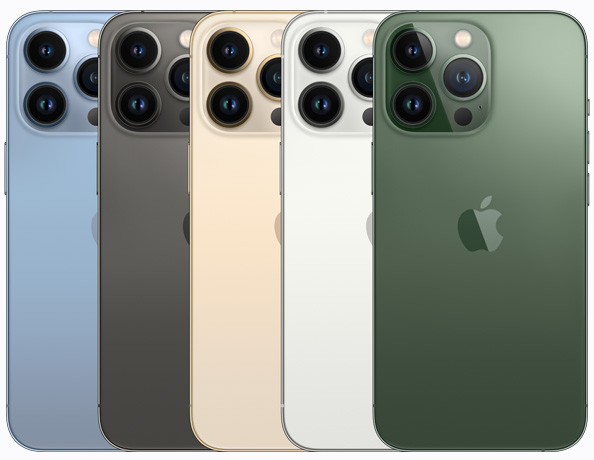
SPECIFICATIONS
iPhone 13 Pro Max is a perfect example of innovation as it is more than a year old and is still in the top 5. iPhone 14 pro max does not do much of an upgrade in terms of camera except the upgrade to a 48MP camera and action mode.
The front camera and the three back cameras are all 12-megapixel cameras. First up in the rear is the main camera, a wide-angle camera that boasts a 7-element lens, an f/1.5 aperture, and sensor-shift stabilization. Then there is an ultra-wide angle camera with an f/1.8 aperture that can now autofocus and shoot macro pictures. The telephoto camera features an f/2.8 aperture but a 3X optical zoom with OIS.
Likes:
The preview rendering on current iPhones is typically quite accurate to the actual shot image. Highlighted detail is preserved on the iPhone 13 Pro. The improved focus distance is only one benefit of the macro as it also provides a fresh perspective and unlocks a whole new universe of photography and narrative. The iPhone 13 Pro’s telephoto lens zoom has improved at medium-range settings when compared to its predecessor.
The video autofocus on the iPhone 13 Pro has strong tracking skills and seamlessly refocuses as the scene changes. This is also evident in Apple’s new Cinematic Mode, which, based on the content of the scene, dynamically adjusts emphasis between foreground and background subjects.
Dislikes:
In any situation, image flare is commonly evident. The latter has been scaled back, though, compared to the iPhone 12 Pro Max. The iPhone 13 Pro does a good job of balancing texture and noise in the video, although texture rendering aberrations can occasionally be seen, notably on faces when shooting in bright light or inside. The auto-focus on the front camera also needed work which was then enhanced in iPhone 14Pro.
5. Google Pixel 6 Pro
SPECIFICATIONS
There is no surprise that there is another Pixel on this list. Google frequently offers fantastic photographic experiences on its phones, and the Pixel 6 pro is no exception. Maybe that’s why Pixel has one of the best smartphone cameras in the world.
Pixel 6 Pro comes with a 50 MP, f/1.9 (Dual Pixel PDAF, Laser AF, OIS,), a 48 MP (f/3.5, PDAF, OIS, 4x optical zoom), and the third one, a 12 MP ultrawide lens with f/2.2 aperture. Pixel here is Phase Detection Autofocus, which is obviously used for autofocus. the front camera is 11.1 MP with f/2.2 aperture. It can record up to 4K@30/60fps, 1080p@30/60/120/240fps while the front camera can also record 4k videos@30/60fps.
Likes:
the details and contrast in shadows are very good considering it has been enhanced. one thing I like about Pixels is their accurate color and no artificial color boost that makes the picture look more realistic than vibrant. It gives a feeling of something real. In bright light, the detailing is above par as expected from a Pixel. the autofocus is good but definitely not as good as the successor.
Dislikes:
As pixels may sometimes struggle in group photos, it can really mess the photos with blurry photos. Pixel needs work in edge detection which is very important for a good portrait photo or video in separating the background. Images taken in low light has unnecessary noise while the videos lack autofocus in low light.
6. Huawei P50 Pro
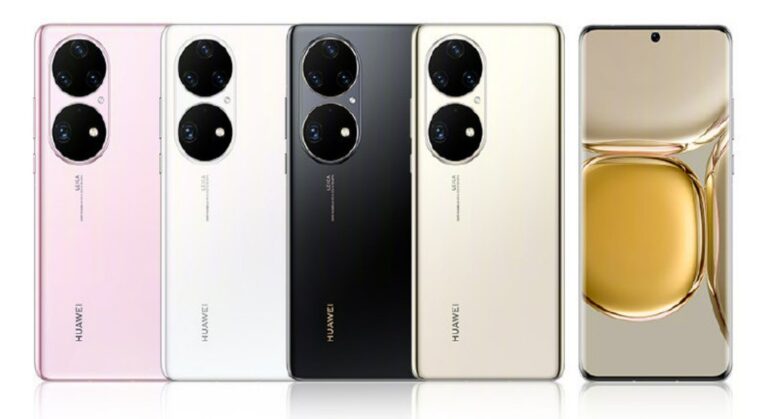
SPECIFICATIONS
CPU: Snapdragon 888 4GRear camera: 50MP (wide) + 64MP (periscope, 3.5x optical) + 40MP (monochrome) + 13MP (ultra-wide)
Now first of all a reminder, due to some global restrictions from the USA, Huawei now doesn’t come with Google and unless you hack it (not recommended) you cannot use google directly on any Huawei phone. Though you can still use google apps from the browser. The phone camera is still so good to be placed on this list.
The phone comes with four-rear cameras, a 50 MP True-Chroma Camera (Color, f/1.8 aperture, OIS), a 40 MP True-Chroma Camera (MONO, f/1.6 aperture), a 13 MP Ultra-Wide Angle Camera (f/2.2 aperture) and a 64 MP Telephoto Camera (f/3.5 aperture, OIS), support autofocus. There is a 13 MP selfie camera in front.
Likes:
Huawei changed their game this time. Earlier it was just about the number for Huawei but now instead, they have shown their capability in enhancing the cameras. the design is bold and unique.
Camera Modes like Story Creator, Audio Zoom, Dual-View Video, Night mode, Macro, Portrait, Pro, Slow-Mo, Monochrome, Light painting, Stickers, Documents, Master AI, Moving Picture, Snapshot, and 4D Predictive Focus are definitely different and worth using. With this many modes, you will never need any other third-party camera app on this phone.
Dislikes:
Well, first of all, all I would add, about the mono lens is, WHY? there could be a dedicated macro lens or a periscopic lens. Well, I clearly have no idea why there is a mono camera when a filter could suffice it.
The autofocus is a bit slow compared to its competitors. Also, I would like to add that the average battery life is a bit less. Though it has been one year, being on this list is still an achievement for this smartphone camera.
7. Vivo X80 Pro
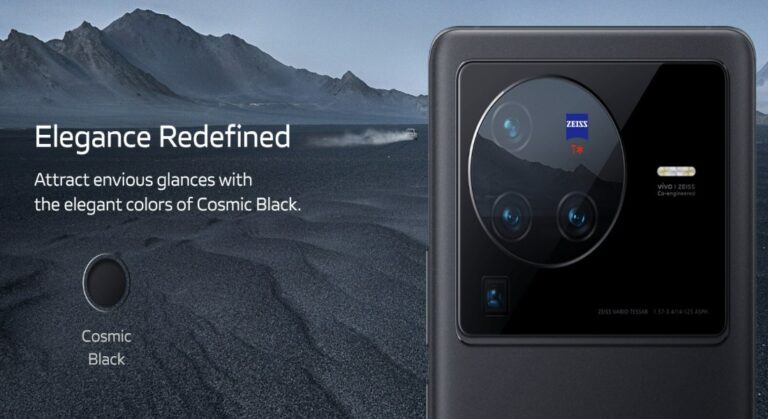
SPECIFICATIONS
After the success of the Vivo X70 Pro+ series in the flagship market, Vivo 2020 launched, Vivo X80. Though there has been no Pro+ variant this year, the Pro looks more like a successor of the previous X70 Pro+ than of X70 Pro. This is because of the similar features like wireless charging, the same display, etc which were also there in X70 Pro+.
This flagship camera phone comes with four rear cameras. The main camera is a 50MP wide-angle camera with f/1.6 aperture, laser AF and OIS then an 8 MP periscopic telephoto lens with/3.4 aperture and 5X optical zoom, a 12 MP telephoto with f/1.8, 2x optical zoom and gimbal OIS and lastly a 48 MP ultrawide camera with f/2.2 aperture.
Likes:
Well first of all, at nearly one-third price of the iPhone 14 Pro, still holding a position on this list, hats off to Vivo. Then about how well the camera of this smartphone is assigned. Great work by the camera department. What is most fascinating about this phone is the low light performance of the ultrawide camera which gives excellent results even in dim light where premium phones struggle.
Dislikes:
Well if talking about dislikes, why not mention that awkwardly shaped camera module, which is kind of weird, though maybe many people like it? So it’s a personal opinion. The zoom is good but not the best as till 5x, the photos are good, after especially 10x, the blur in photos suddenly increases which is not in the case of Galaxy s22 ultra.
The gimbal has been moved from the ultra-wide to the portrait lens which did not change much. Maybe it was just a way to show a change without doing it.
8. Oppo Find X5 Pro
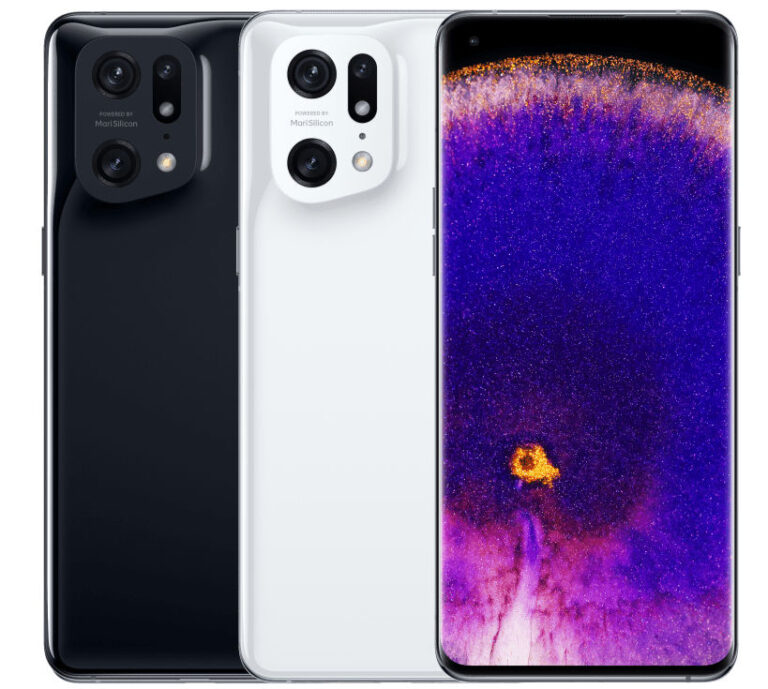
SPECIFICATIONS
Well, Oppo is also ahead in the best camera phones race after its partnership with the legendary camera brand Hasselblad, the leading manufacturer of digital medium format cameras and lenses. This model also comes with MarisiliconX which is their in-house image signal processor.
There are three rear cameras, the main camera is a 50MP OIS (f/1.7), then a 50MP ultrawide (f/2.2), and a 13MP telephoto (f/2.4)with a 2x optical zoom. In the front is a 32MP selfie camera (f/2.4). It can shoot 4K videos up to 60fps.
Likes:
The autofocus is quick and accurate which we saw was missing from many other phones on this list. the stabilization in videos has improved to a great length. The details in the photos are very good and there is very low noise in the photos which is a great achievement while also maintaining a good white balance.
Dislikes:
While the autofocus is quick, it sometimes does get a bit laggy, which is strange. It also shares the problem of over-saturation or over-colors boosting in photos like Galaxy s22 ultra. This as mentioned, is not favored by the fans who like natural photos like Google pixel. So you should be very definitive about what are you looking for in this matter. Also, it drains battery life quickly during high usage.
9. Xiaomi Mi 11 Ultra
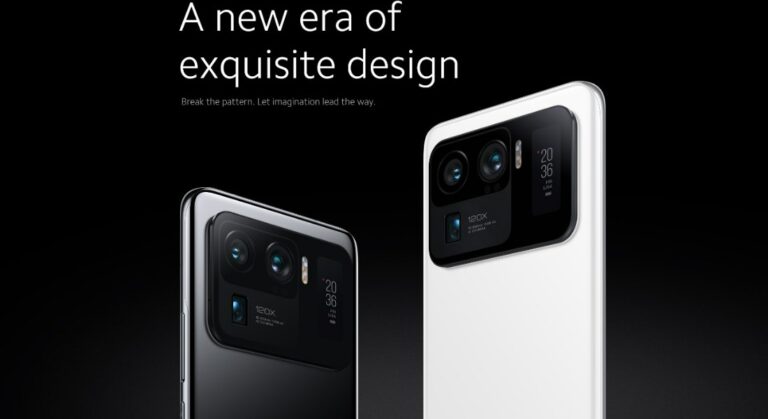
SPECIFICATIONS
After the success of the Mi 10 Ultra in 2020, this phone has scored its place in the premium flagship segment. After a year, Xiaomi released its predecessor, The Mi 11 Ultra, and once again killed in it.
This camera phone has three cameras in the rear, a primary 50 MP with a Quad-Bayer sensor, f/1.95 aperture, OIS, dual pixel pro-AF, and one of the largest lenses in the industry (claimed my Xiaomi), then a 48 MP ultrawide lens with f/2.2 aperture and a 48 MP telephoto lens with f/4.1 aperture and OIS. It can shoot 8k videos.
Likes:
The texture in both photos and videos is off the charts with very neat work. That’s really one of the camera specs of a premium phone camera. The autofocus has really been enhanced and is now better than ever while it has a fantastic ability to take photos indoors and at night in challenging lighting. The white balance during videography is another like of this masterpiece.
Dislikes:
there is a periodic absence of resolution on moving objects in low-light settings and extreme HDR circumstances which was also a problem in 10 Ultra. The video sometimes has a problem with autofocus as it becomes a bit slow. There is a bit of flare seen in videos which is really not a good sign.
10. Samsung Galaxy Z Fold4
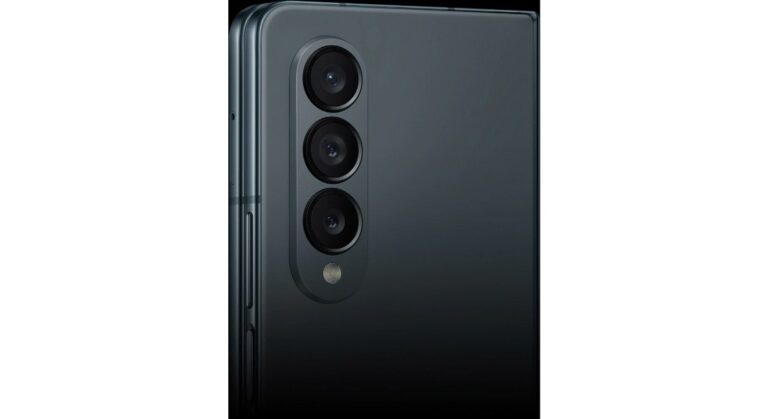
SPECIFICATIONS
After a detailed analysis of Galaxy Z Fold 4, OnePlus 10 Pro, and Sony Xperia 5 IV, we decided to go with Fold 4. While all of these were great camera phones and deserved this place but this was our last spot. This is because of its uniqueness as it is the best camera phone among all foldable phones.
The primary camera is a 50MP wide-angle sensor f/1.8-aperture lens, Dual Pixel PDAF, and OIS. Then there is an ultra-wide 12MP sensor with an f/2.2-aperture lens and lastly a 10 MP telephoto lens with an f/2.4-aperture lens, PDAF, OIS, and 3x optical zoom.
Well, it also has two selfie cameras, one cover display 10 MP camera, and an under-display 4 MP camera. This phone can also shoot 8K at 24fps, 4K at 30/60fps, and 1080p at 30/60fps.
Likes:
The best thing about this phone would be its productivity and usage. You may have used many premium smartphones, but this feels completely different and Samsung really kicked in the foldable phones. the shadows and highlights are retained in both photos and videos making them look more real. While being this big and not easy to hold, this phone did need effective video stabilization and it did get it.
Dislikes:
There is noise reduction needed in indoor areas as it can sometimes be excessive. Then as usual comes the over-saturation of colors in images which makes them look more vibrant and unreal rather than realistic. This is a huge con in Samsung cameras. There is a bit of lack of detailing in the camera which is rather unexpected from this range of flagships.

